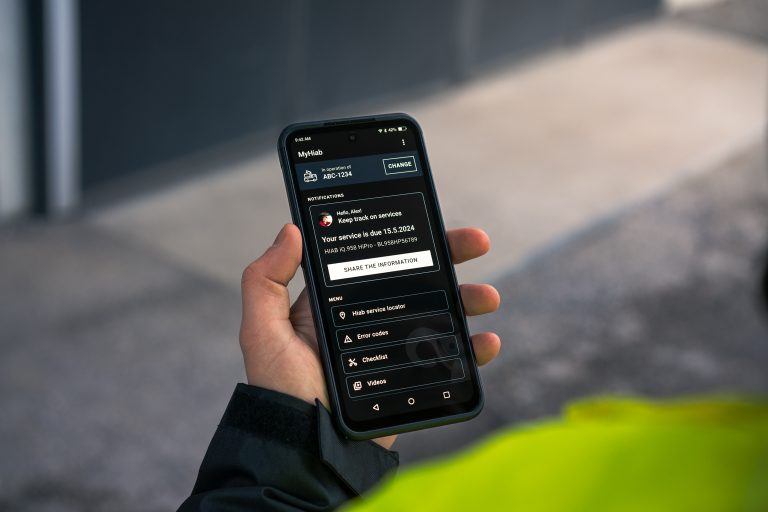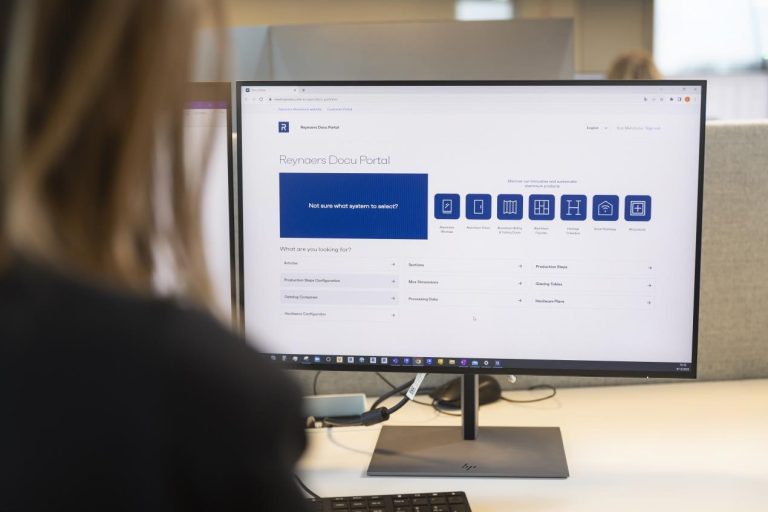The Microsoft Industry Cloud for House Builders revolutionizes the UK’s residential construction sector, offering unparalleled efficiency, visibility, and growth potential. sa.global, the leading Microsoft partner for the house building industry, announces the launch of the Microsoft Industry Cloud for House Builders in the United Kingdom. This groundbreaking offering is designed to empower the nation’s housebuilders with the unparalleled capabilities of Microsoft technology, specifically tailored to meet the unique needs and challenges of the residential construction sector. At the core of the innovative suite of solutions is HomebuilderONE, a comprehensive end-to-end enterprise resource planning (ERP) solution based on Microsoft Dynamics 365. It is designed to manage every aspect of the building lifecycle, from land development to warranty, for both single-family and multi-family construction. This cloud-based solution simplifies operations, eliminates the need for multiple applications, and supports scalable business growth. Key Features of the Microsoft Industry Cloud for House Builders include: The introduction of the Microsoft Industry Cloud for House Builders also involves a key partnership with Double Diamond Delivery, a renowned UK-based consultancy specialising in transformation and business improvement delivery programmes for construction and housing industries. This collaboration enriches sa.global’s offerings with profound industry insight and expertise, specialising in the UK house building market. Oliver Lock, Director at Double Diamond Delivery, expressed his enthusiasm for the partnership, saying, “We are thrilled to partner with sa.global to advise and guide the evolution of their HomebuilderONE product and the Microsoft Industry Cloud for House Builders for the UK house building market. Our shared commitment to delivering successful outcomes aligns perfectly with sa.global’s vision for innovation and excellence in serving the needs of the industry.” Neill Hills-Johnes, Managing Director of sa.global United Kingdom, shares his enthusiasm, saying, “We are excited to introduce the Microsoft Industry Cloud for House Builders. This comprehensive suite of enterprise cloud solutions combines the robust capabilities of Microsoft technologies with our industry leading HomebuilderONE solution, specifically designed to serve the UK’s leading house builders.” He continues, “Our partnership with Double Diamond Delivery highlights our commitment to delivering unparalleled solutions and services for the UK house building sector.” The introduction of the Microsoft Industry Cloud for House Builders into the United Kingdom marks a significant advancement, simplifying and unifying the software ecosystem for the nation’s house building industry. It solidifies sa.global’s status as the premier Microsoft Industry Cloud provider for house builders across the globe, including in the United States, Canada, Australia, and New Zealand. This initiative is set to empower production house builders with cutting-edge technology, promoting efficiency, innovation, and growth within the industry. About sa.global sa.global, a trusted Microsoft partner, specialises in delivering cloud-based, vertical-focused solutions to address industry challenges. Our offerings are exclusively based on Microsoft business applications and the Microsoft Business Cloud, serving service-based verticals such as advertising and marketing, accounting, architecture and engineering, consulting, house building, legal, and IT services. By adopting an industry-first approach, we equip those closest to the problem with the tools needed to act swiftly and make informed decisions. Leveraging modern technologies like AI and Copilot, we empower organisations to make intelligent decisions and act faster. With over 800,000 users across 80 countries, sa.global’s expertise is trusted worldwide. We bring over 30+ years of consulting and implementation experience and have been recognised as a Microsoft Dynamics Partner of the Year 11 times. Additionally, we have been part of Microsoft’s elite Inner Circle for 11 years. Our global team comprises 1,000 professionals across 25 countries. For more information, visit www.saglobal.com. About Double Diamond Delivery: Double Diamond Delivery, a leading consultancy firm specializing in technology-enabled business improvements, announces the official launch of its services. Leveraging a proven framework and a team of experienced consultants, Double Diamond Delivery aims to drive successful outcomes for organizations seeking to transform their operations through technology. For more information, visit www.doublediamond.info Building, Design & Construction Magazine | The Choice of Industry Professionals













